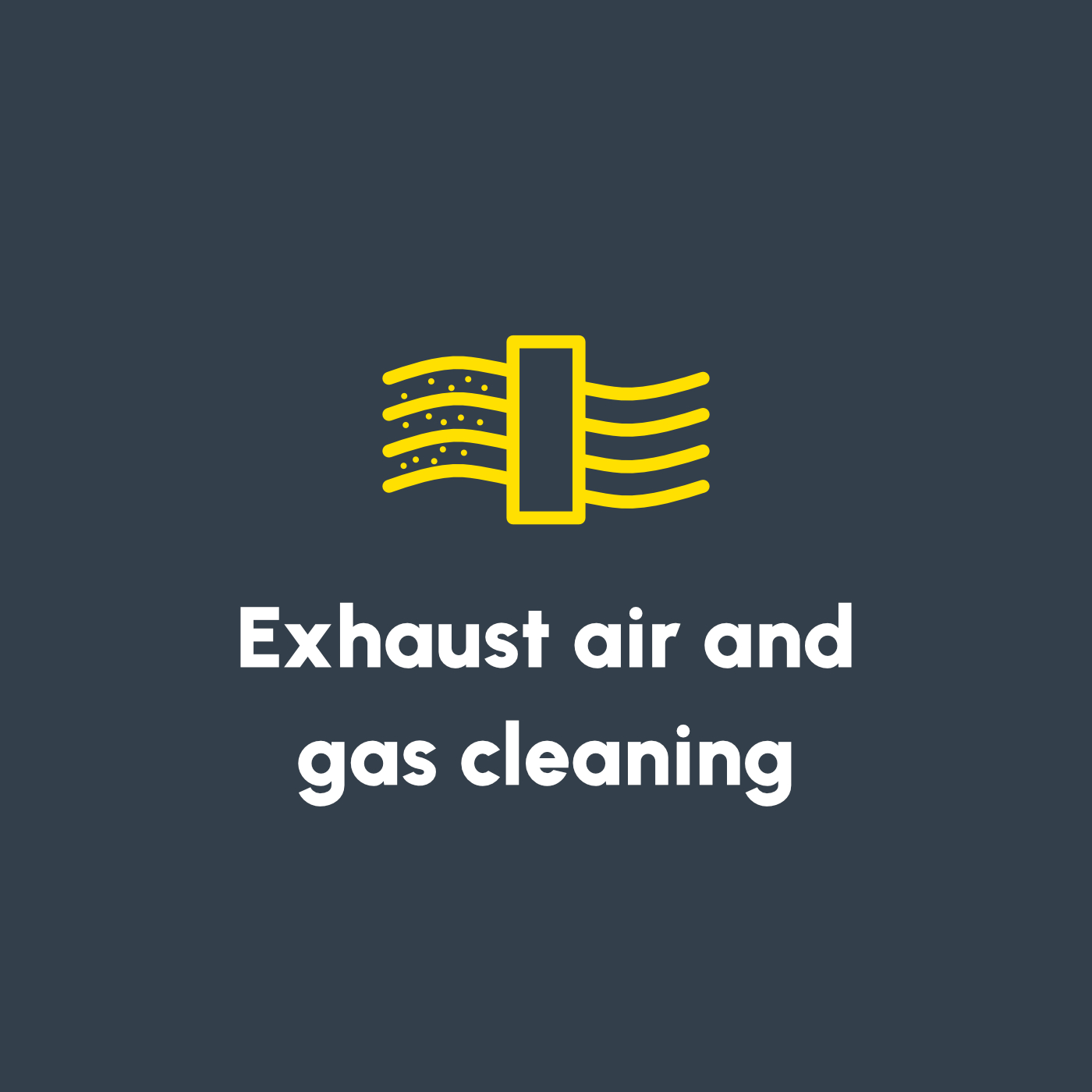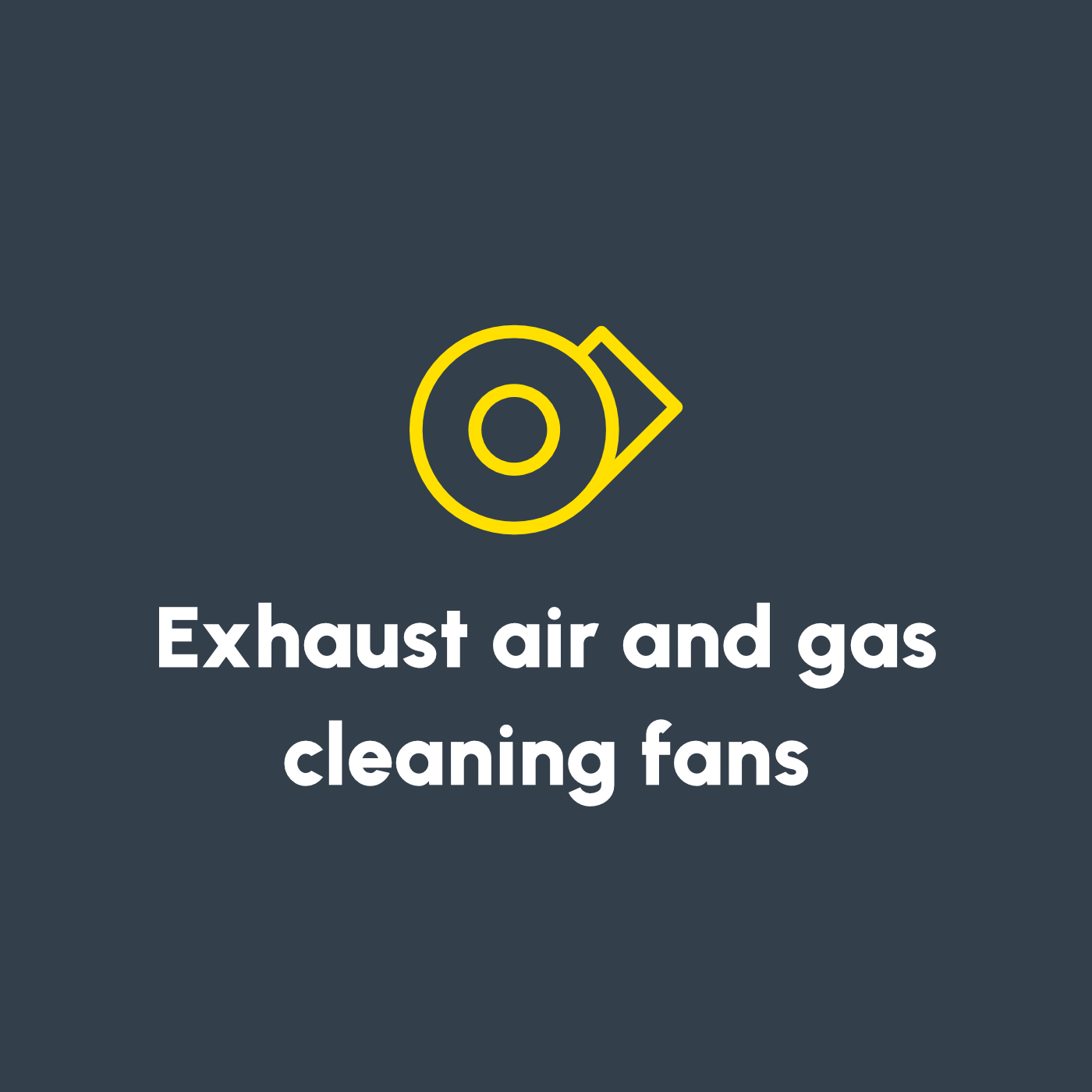Use Case
Enhancing Environmental Safety in Manufacturing Facilities


Enhancing Environmental Safety in Manufacturing Facilities is a Use Case of:

Service
Exhaust air and gas cleaning fans
Go to product
Interested in this use case? An employee of POLLRICH GmbH is at your disposal.

Hans-Jörg Rußwurm
Sales Manager
Get insights into the use cases of POLLRICH GmbH

Use Case
Enhancing Environmental Safety in Manufacturing Facilities
Chemical Manufacturing, Metal Fabrication, Waste Management, Power Generation, Food Processing
In manufacturing facilities, particularly those involving chemical processes or heavy machinery operations, the release of exhaust air and gases containing pollutants poses significant environmental and health risks. To mitigate these risks and ensure regulatory compliance, the implementation of an exhaust air and gas cleaning fan system is crucial. The primary objective of deploying an exhaust air and gas cleaning fan is to effectively remove harmful pollutants, particulate matter, and contaminants from the air emitted during industrial processes. By doing so, the system helps maintain clean air quality in the surrounding environment and minimizes the impact of industrial activities on human health and the ecosystem. 1. Pollutant Capture: The fan system is equipped with efficient filtration mechanisms designed to capture a wide range of pollutants and particulate matter suspended in the exhaust air and gases. 2. Gas Scrubbing: Specialized scrubbers integrated into the system target gaseous pollutants, such as sulfur dioxide, nitrogen oxides, and volatile organic compounds (VOCs), through chemical reactions or absorption processes. 3. Particulate Removal: High-performance filters, including HEPA (High-Efficiency Particulate Air) filters, effectively trap fine particles and dust, preventing their release into the atmosphere. 4. Variable Speed Control: The fan's variable speed control feature allows for precise adjustment of airflow rates and suction power, ensuring optimal pollutant capture and energy efficiency. 5. Monitoring and Control System: An advanced monitoring and control system continuously tracks air quality parameters, such as pollutant concentrations and pressure differentials, providing real-time data for system optimization and regulatory compliance. 6. Automatic Alarm and Shutdown: The system is equipped with automatic alarm triggers that notify operators of any deviations from preset air quality standards. In critical situations, such as filter saturation or system malfunctions, the fan can initiate an automatic shutdown to prevent the release of contaminated air. 7. Remote Monitoring and Maintenance: Remote access capabilities enable facility managers to monitor system performance, conduct diagnostics, and schedule maintenance tasks from a centralized control center or mobile device, enhancing operational efficiency and minimizing downtime.
POLLRICH GmbH offers a wide range of products and services.